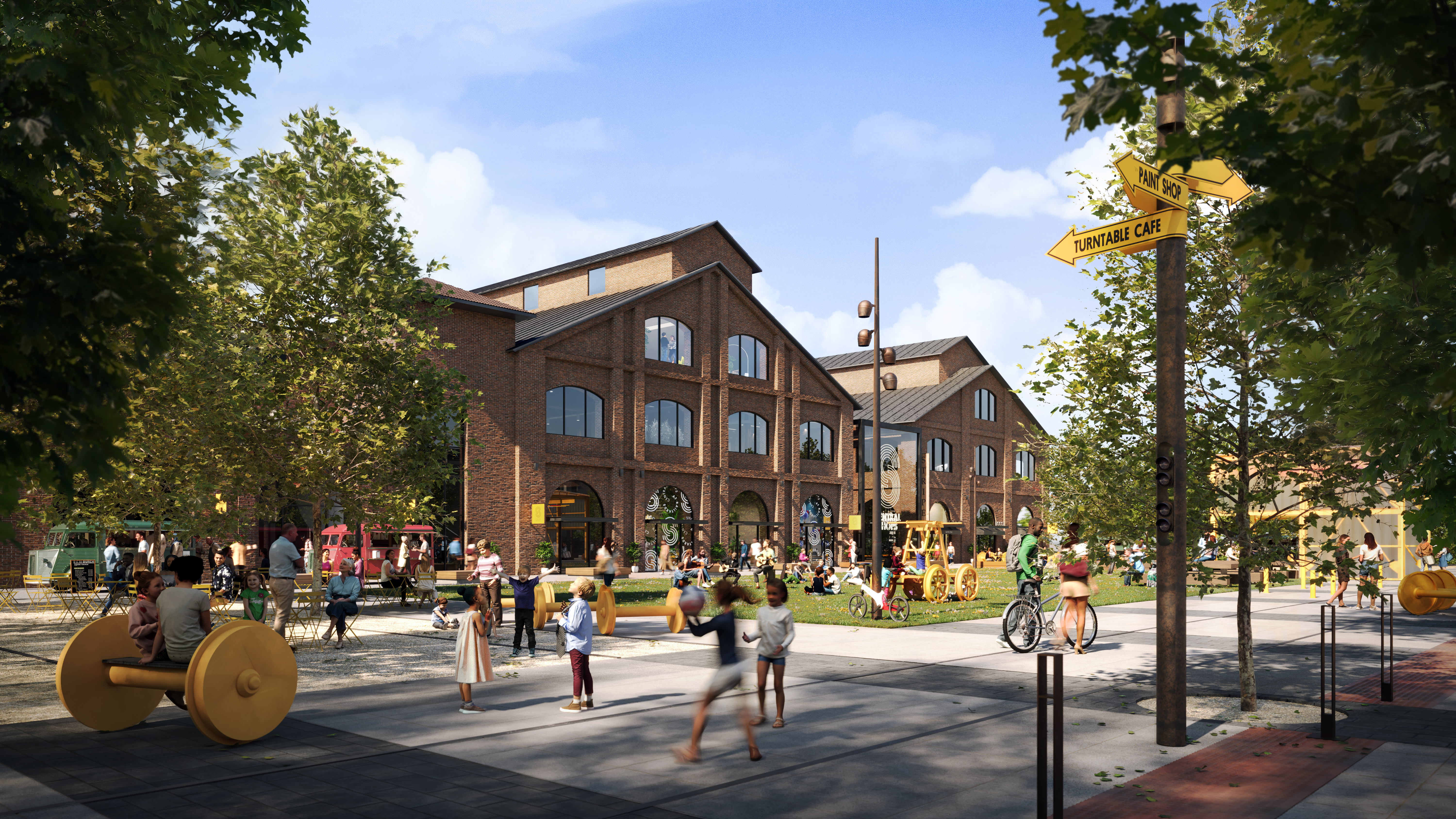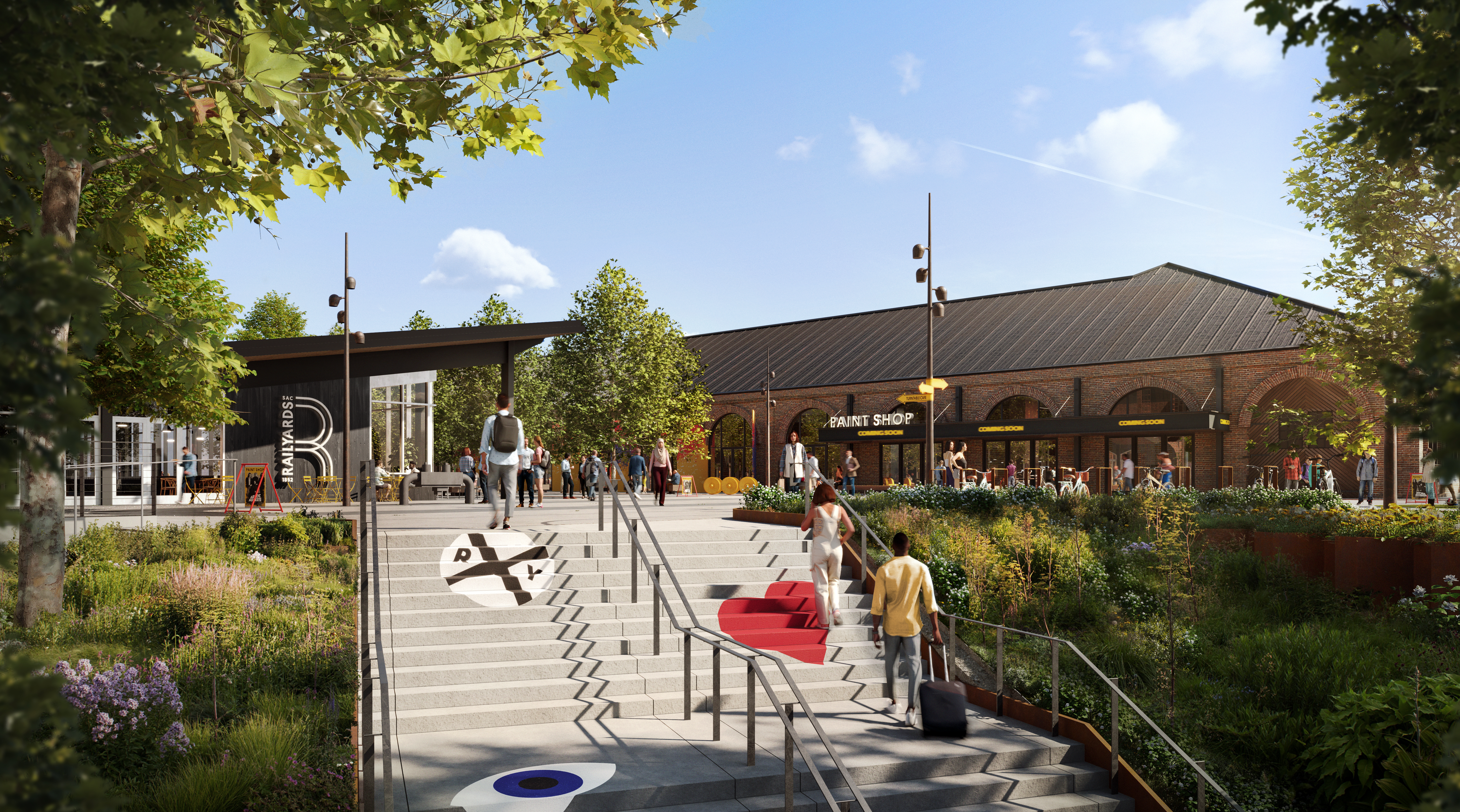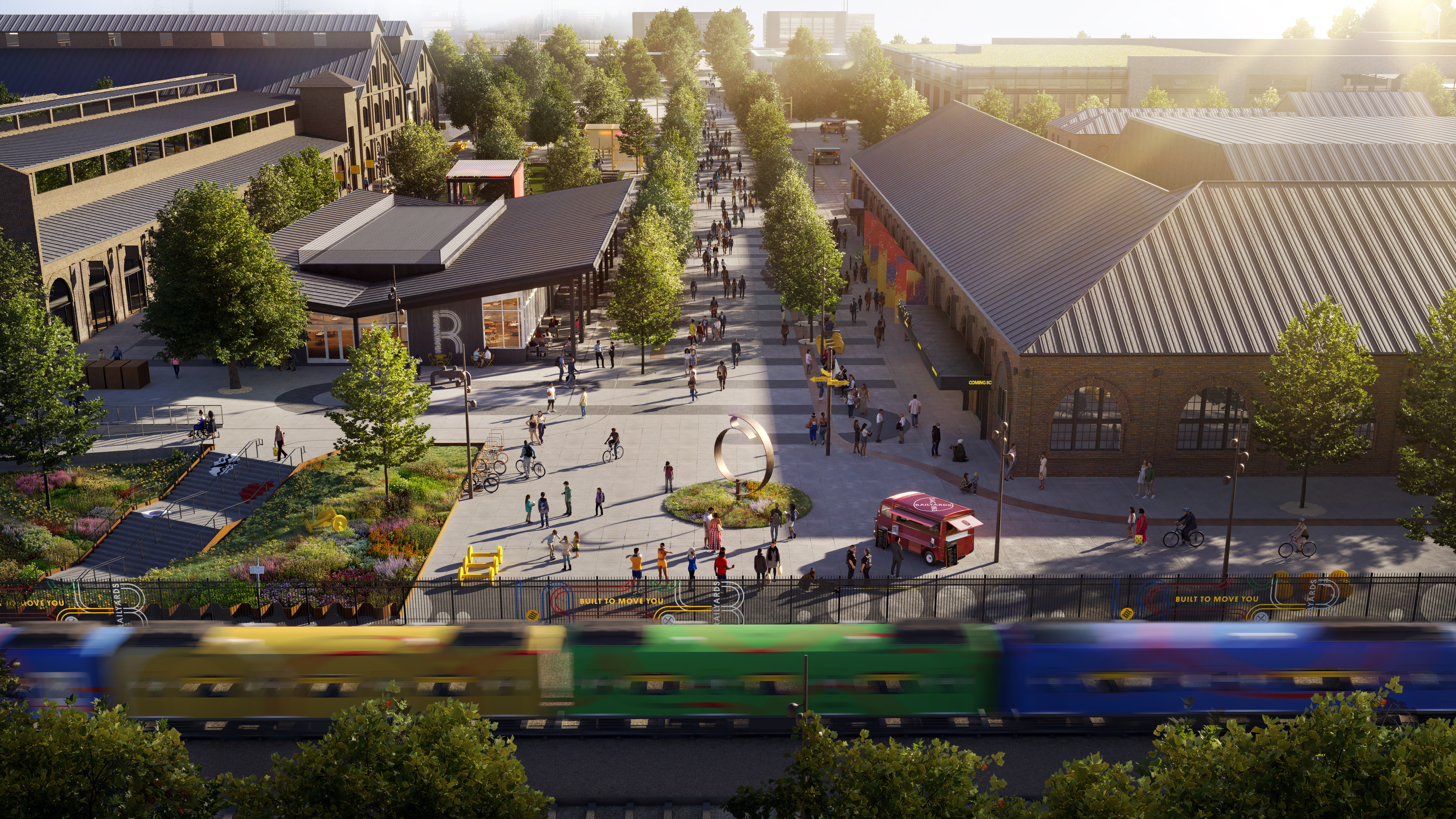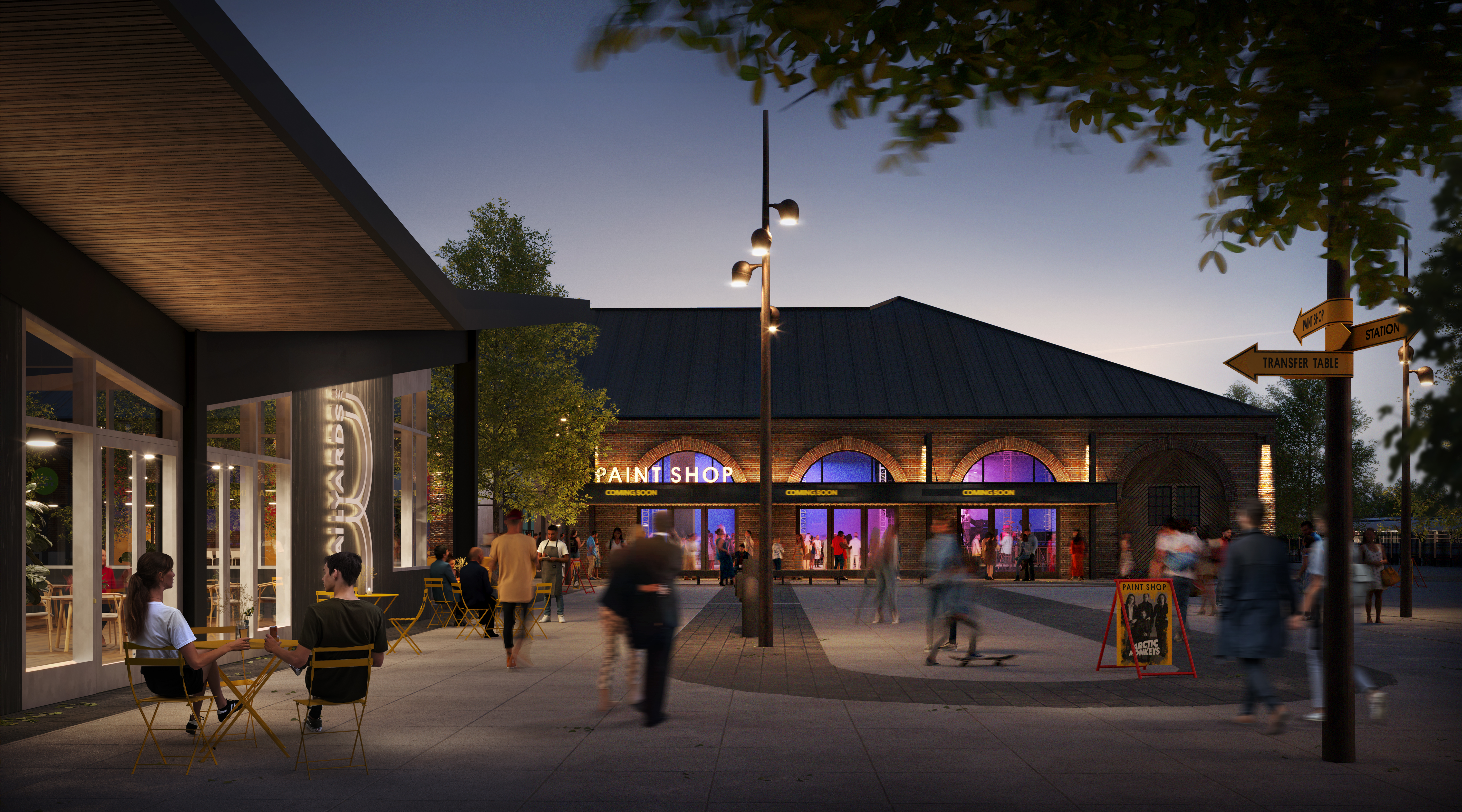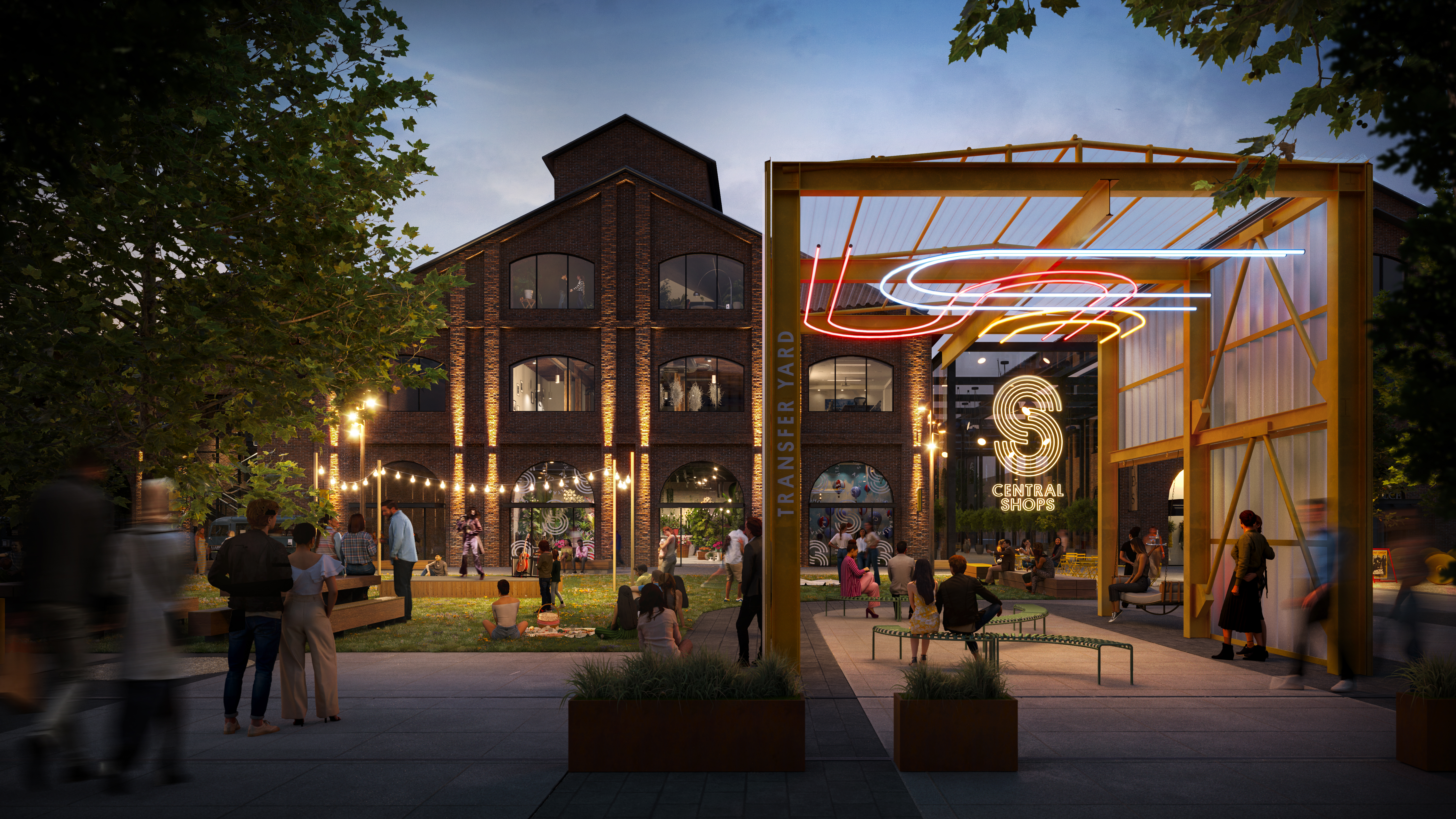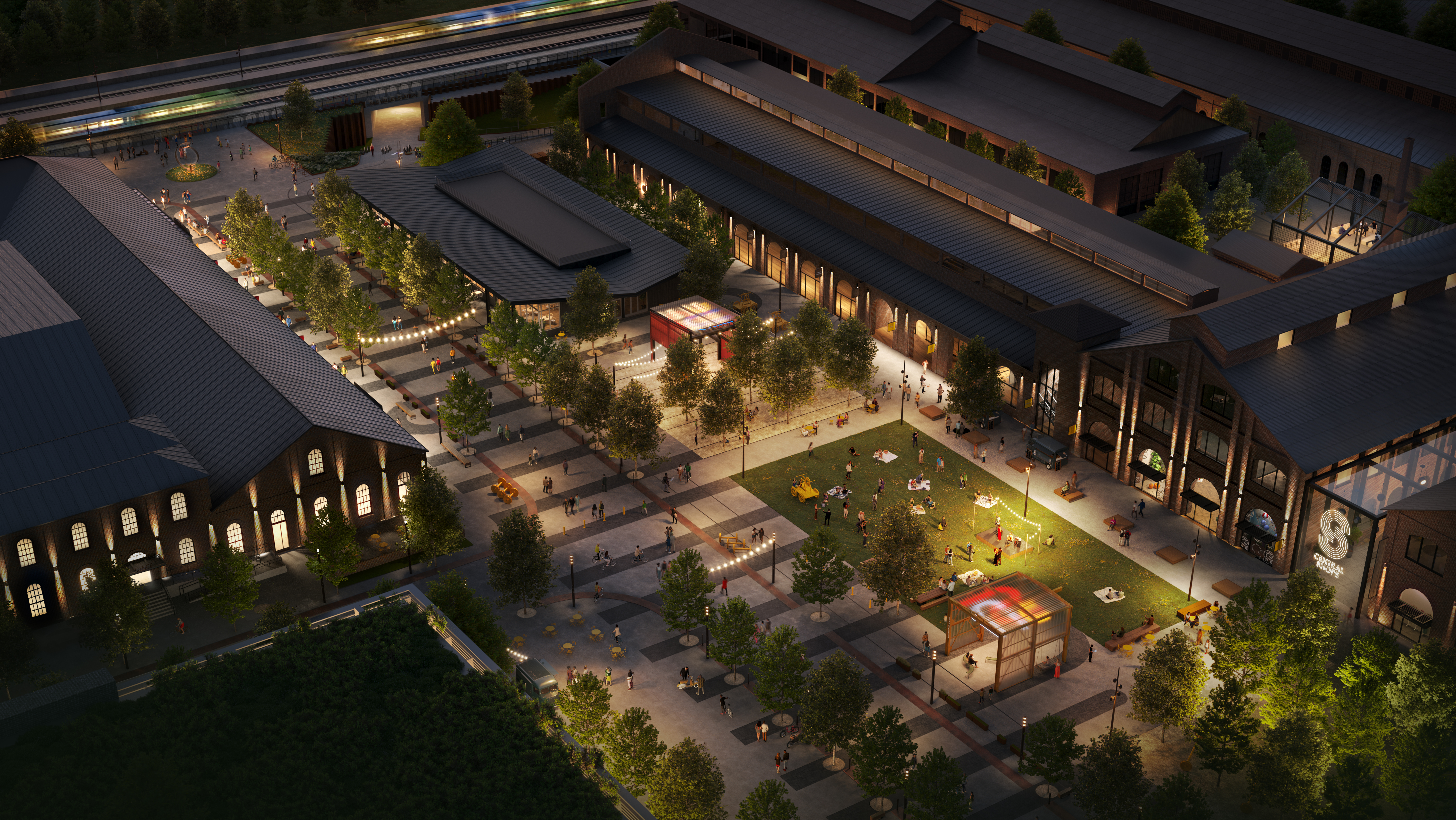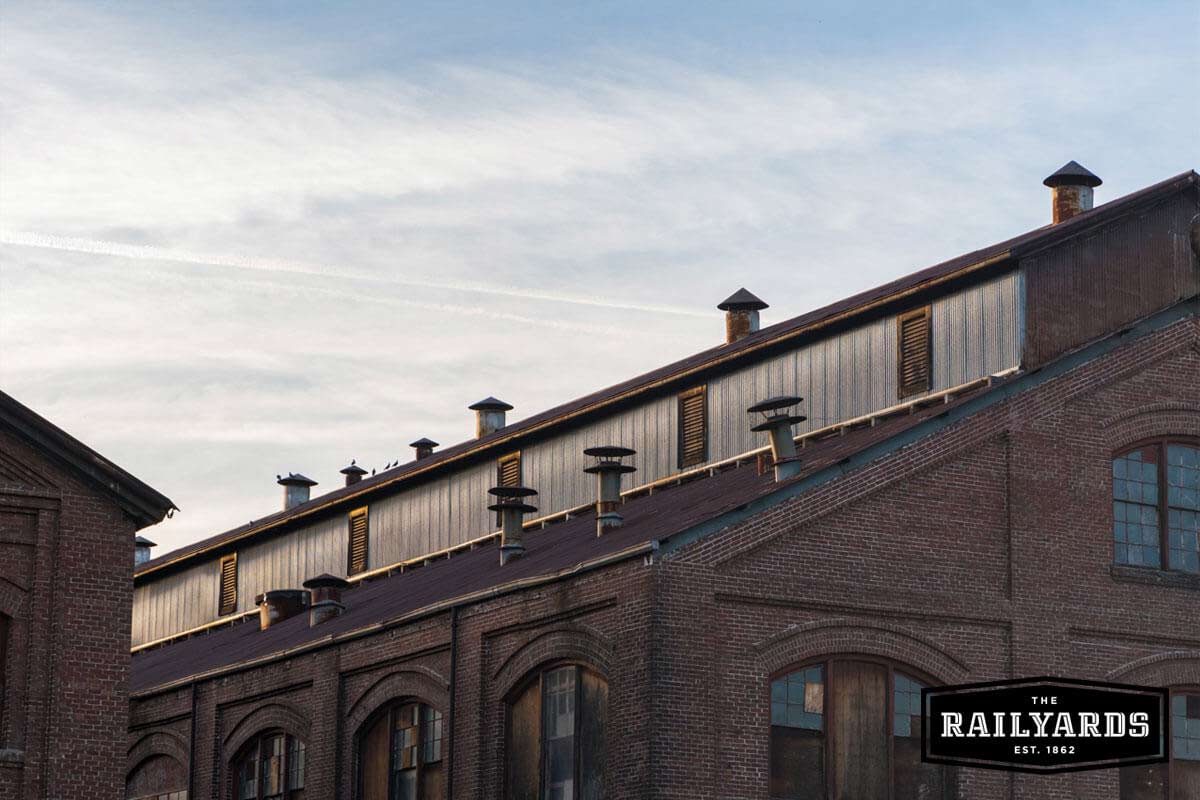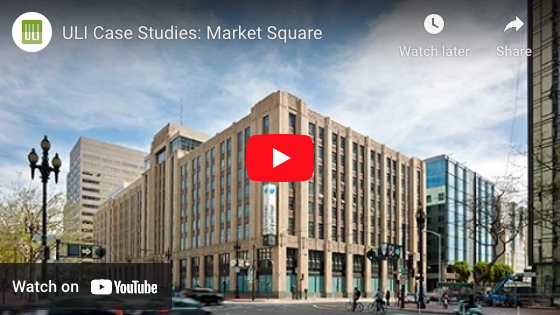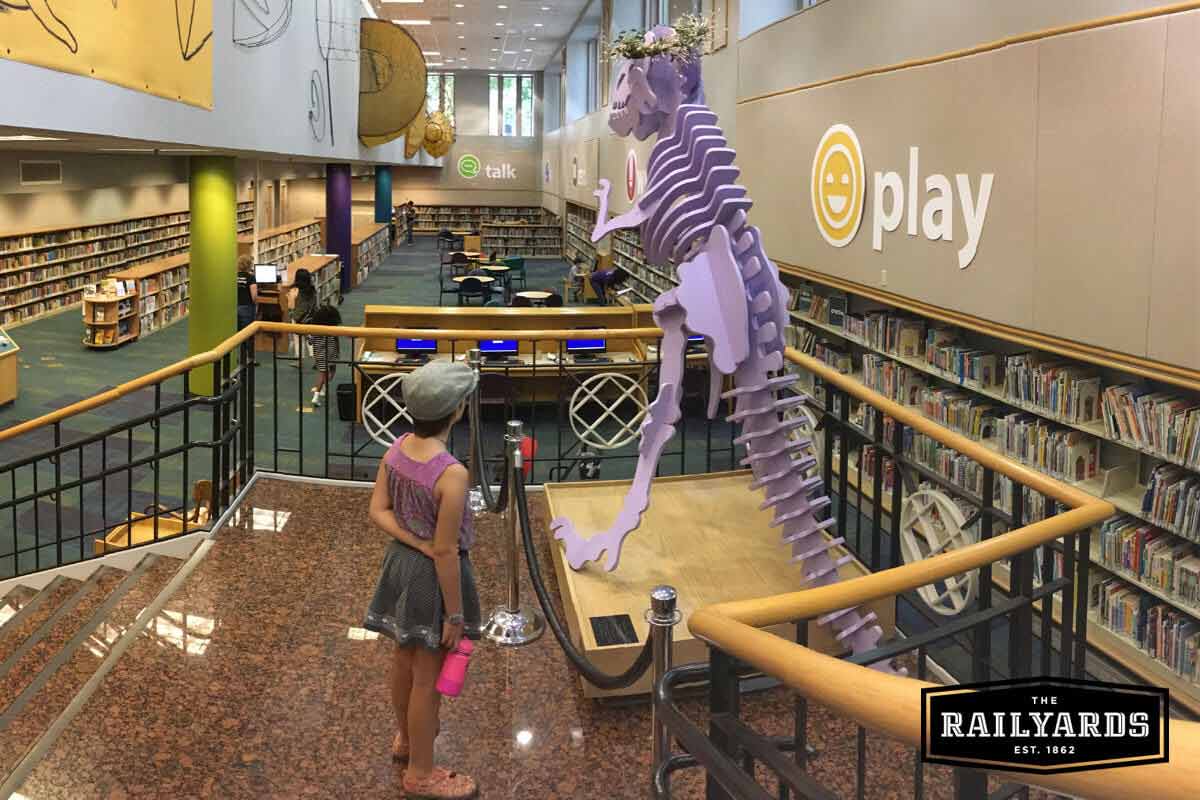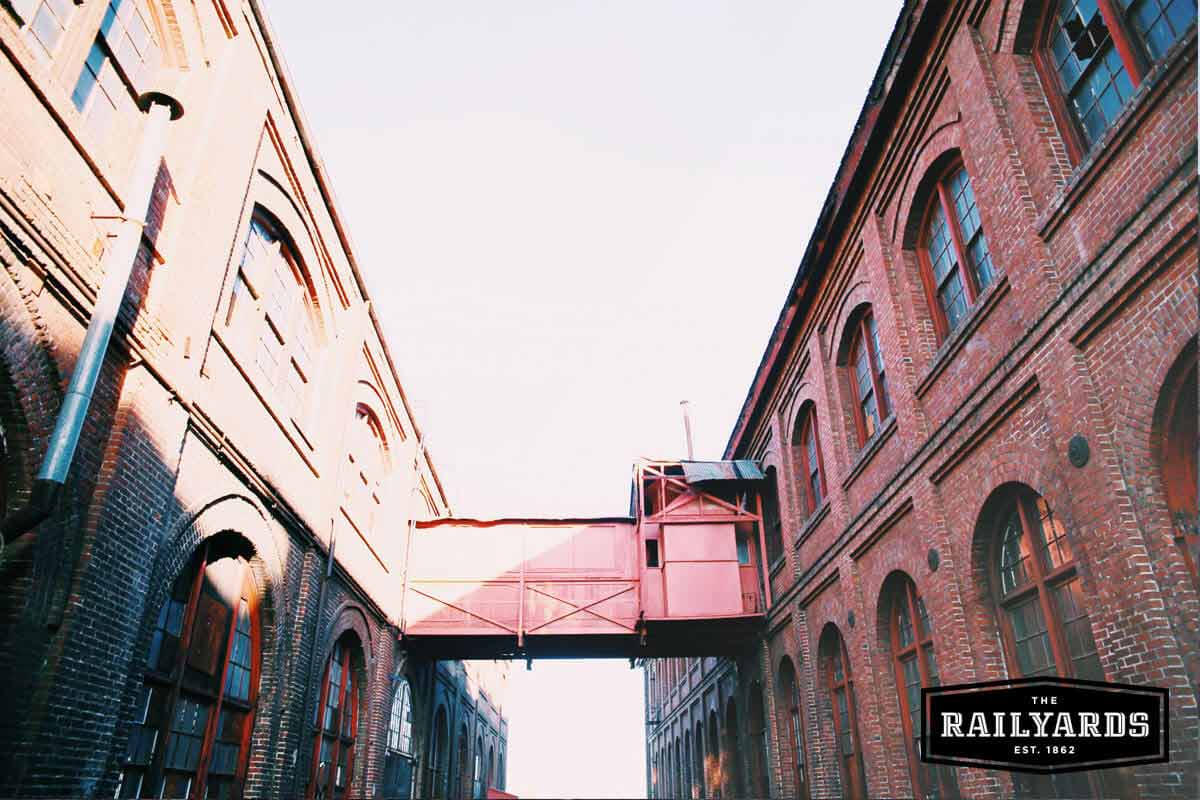
February 15, 2019 / Author: the Railyards
Discover the benefits of historic preservation in a community, from celebrating heritage to attracting new investments.
The renovation of a historic building is often the starting point for the redevelopment of a street, block, or district. Historic preservation is a smart growth approach that can revitalize communities, and it’s one of the smart growth strategies you’ll find at The Sacramento Railyards.
- Historic buildings and districts can be a symbol of a community’s heritage, character, and sense of place.
- Rehabilitating and repurposing historic properties can be a critical part of promoting energy efficiency and reducing resource consumption.
- Historic preservation can attract investment and revitalize neighborhoods.
Historic Preservation Celebrates Heritage
Historic buildings, districts, and neighborhoods embody the lives of those who built, worked, and lived in them. They tell stories about what a place was and connect us to our past.
Preserving those stories can be an important part of building a healthy community.
Renovating historic properties preserves the historic, architectural, and aesthetic character and heritage of a community or area, and helps to provide a sense of place and continuity.
As suburban sprawl and roadside development make more and more places look the same, it becomes important for communities to keep their identities intact. Even one or two striking historic buildings can help to define a community.
An Energy Efficient Building Solution
Rehabilitating historic properties can be a critical part of promoting energy efficiency.
Embodied energy is a term that represents the total energy required to create a building, from mining and processing of raw materials through to manufacturing and transport. Embodied energy is the front-end component of a building’s life cycle.
Historic preservation utilizes the energy that already exists in historic buildings, rather than expending additional energy for new construction from the ground up.
According to the EPA, even when building a new, green, energy-efficient office structure that includes as much as 40% recycled materials it would take approximately 65 years to recover the energy lost by demolishing a comparable existing building.
Historic Preservation Reduces Resource Consumption
Historic preservation is an efficient use of resources.
Repurposing old buildings—particularly those that are vacant—reduces the need for construction of new buildings and the consumption of land, energy, materials, and financial resources that they require.
Reusing a historic structure versus tearing it down and building with new materials helps to greatly reduce the carbon footprint of a building.
What Happens to the Historic Buildings in The Railyards?
As projects take off in the Sacramento Railyards, what will happen to the brick buildings that have stood in place for almost 150 years?
Revitalize and Attract Investments to Neighborhoods
Historic preservation can add character and/or charm to a community, and emphasize its uniqueness.
The preservation of old buildings, neighborhoods, and landscapes can be the basis for the look, feel, or function of a community. If these elements are historically significant or unusual, they can also be a source of community pride, which can lead to other improvements.
Historic preservation can attract investment and change the nature of a deteriorating neighborhood or area. A rehabilitated historic building or neighborhood might be the focus of a new residential or commercial development.
An area restored to its original appearance could serve as a magnet for tourists, while providing jobs for local residents.
Consider the Ferry Building in San Francisco:
Originally constructed in 1898, the Ferry Building was a focal point on the San Francisco waterfront. For its first 25 years, it was one of the world’s busiest terminals. However, the construction of the Golden Gate and Bay Bridges in the 1930s left the waterfront transportation hub neglected and almost archaic.
A four-year, $100 million restoration of the Ferry Building began in 2001. Today, the building contains 175,000 square feet of Class A office space and 65,000 square feet of retail marketplace space, open-air cafés, and restaurants, including the popular Ferry Plaza Farmers Market.
Another successful San Francisco historic preservation, Market Square, transformed its neighborhood. The renovation of the building and the attraction of prominent new tech tenants drew attention to the area, which stimulated the development of new residential units in the neighborhood. This, in turn, greatly improved the market for additional retailers, further strengthening the location for both office tenants and residents.
Historic preservation can attract investment and change the nature of an existing neighborhood or area. A rehabilitated historic building or neighborhood can be the focus of a new residential or commercial development, such as the historic shop buildings at The Sacramento Railyards.
And, like the Ferry Building, Market Square, and many other examples of historic preservation throughout the country, restored properties stimulate the local economy and act as a magnet for tourists while providing jobs for local residents.
The preservation of historic properties is a smart growth opportunity that allows communities the chance to not only celebrate their cultural heritage and engage in meaningful placemaking, but also preserves significant historical resources for future generations.
Photo courtesy of Lauren White.

